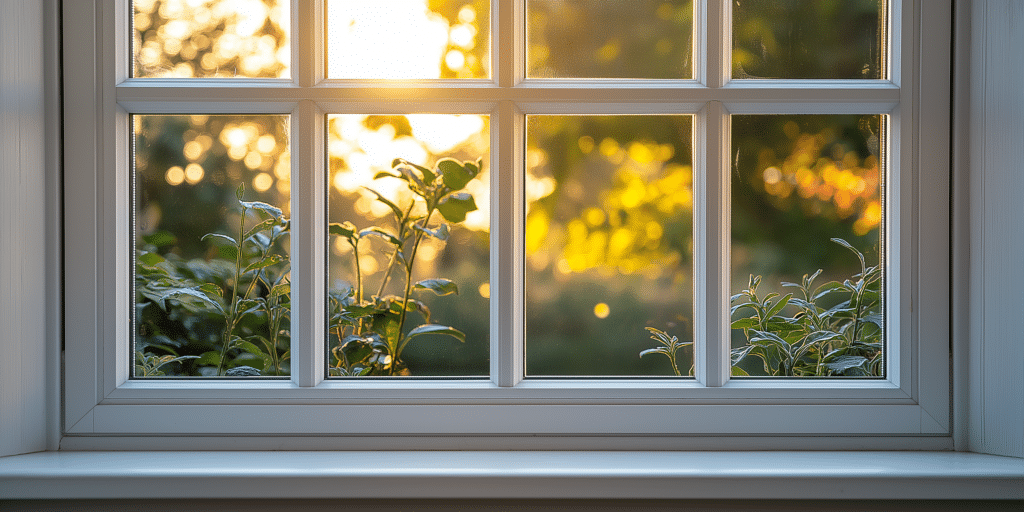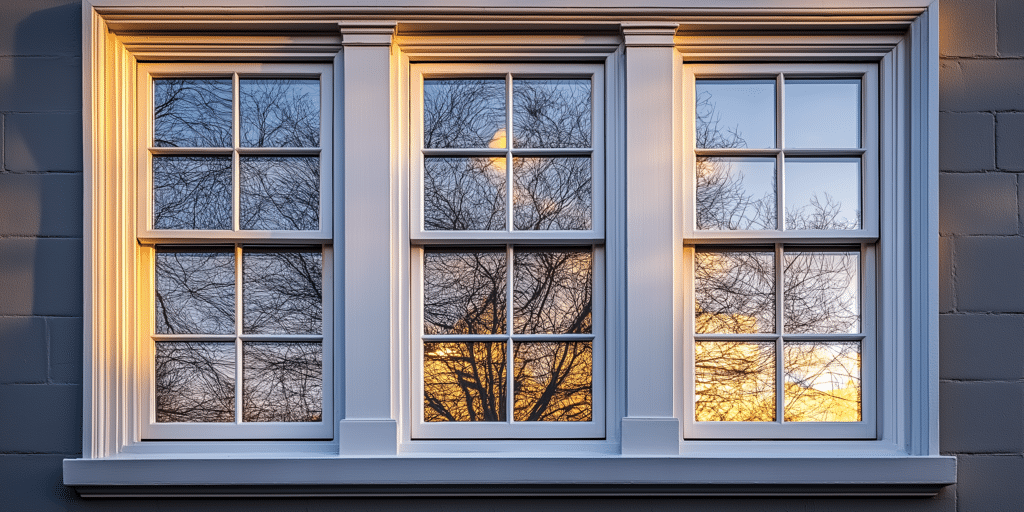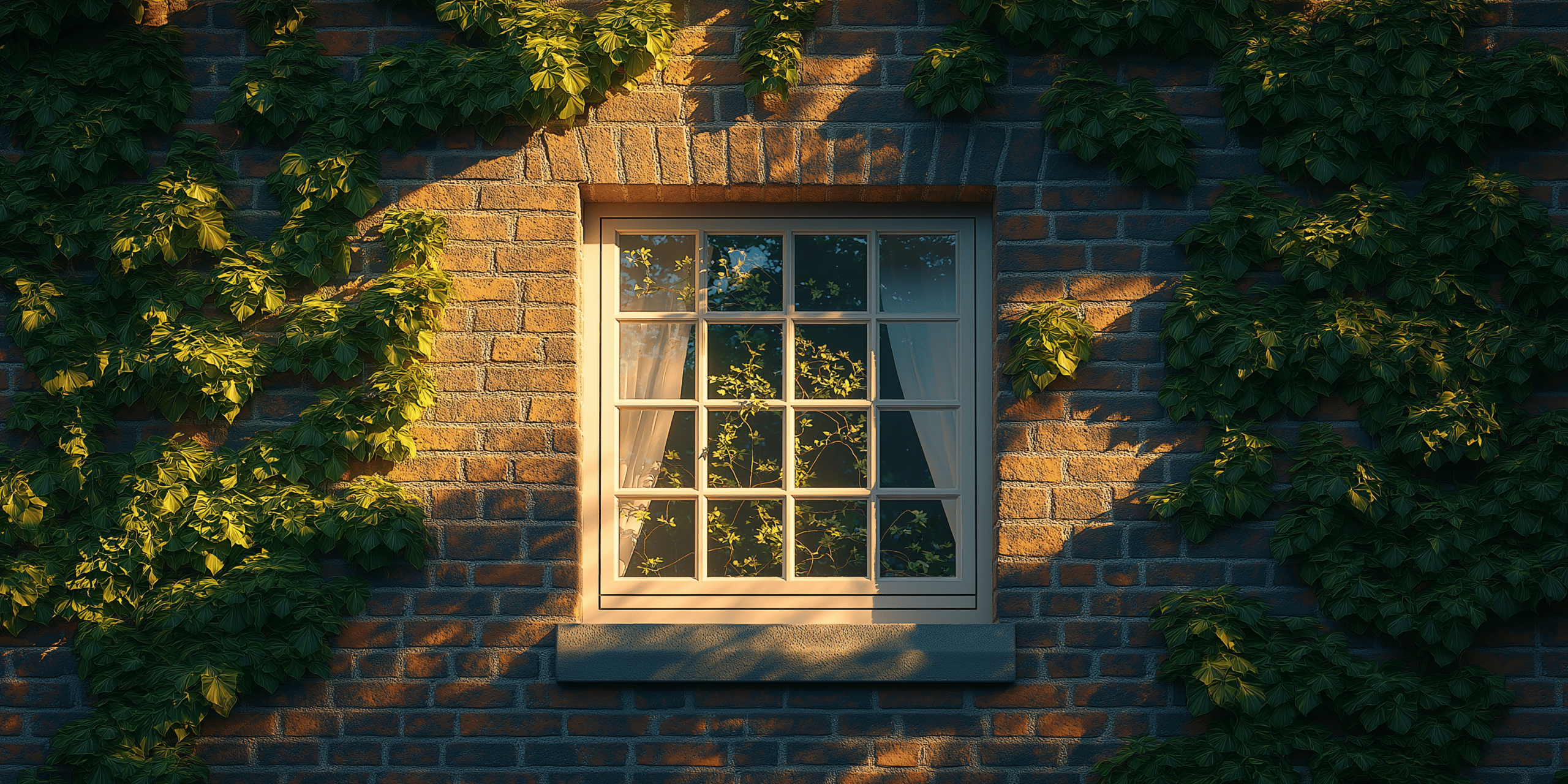Introduction to Sash Windows Putty Glazing

The putty acts as a moisture barrier, preventing water ingress that could lead to wood rot, mould growth, and eventual frame deterioration. Additionally, properly applied putty glazing can improve the energy efficiency of sash windows by up to 30%, contributing to a warmer home and reducing energy costs.
Traditionally, linseed oil putty has been the go-to choice due to its workability and longevity, lasting up to 20 years with proper maintenance. Modern alternatives, such as acrylic latex glazing compounds, are increasingly popular for their quicker drying times and ease of use. However, linseed oil putty remains preferred by about 60% of homeowners in historic properties due to its authentic appearance and eco-friendly properties, reducing carbon emissions during production by 40% compared to synthetic alternatives.
It’s essential to evaluate the specific requirements of your windows, the environmental conditions, and the most appropriate type of putty to ensure a durable and visually appealing finish. Cost considerations are also crucial; the average cost of reglazing a sash window with traditional putty ranges from £50 to £100 per window, depending on the size and condition. This investment not only preserves the aesthetic value of your home but also extends the lifespan of the windows, potentially by 50-75 years with regular maintenance.
History and Evolution of Sash Window Putty Glazing
Historically, craftsmen utilised natural materials like lime putty, which provided flexibility and longevity in the face of changing weather conditions. This material was prized for its ability to bond securely with wooden frames, offering both protection and aesthetic continuity. Maintaining the original glazing techniques is crucial for preserving the historical integrity of period properties.
While the principles remain largely the same, advancements in material science have introduced synthetic compounds that offer benefits such as enhanced UV resistance and faster curing times. However, these modern alternatives are often less favoured in conservation areas, where over 80% of window refurbishments still utilise traditional glazing putty to maintain architectural authenticity. It is crucial to use materials that match the original specifications to maintain the window’s historical integrity, which often involves sourcing traditional linseed oil putty or custom-mixed compounds that replicate the original glazing.
Understanding the Materials: Types of Putty Used in Sash Windows
Homeowners and restorers can choose between traditional linseed oil putty and modern alternatives such as acrylic and silicone-based glazing compounds. Linseed oil putty remains a popular choice for its authentic look and feel, especially in listed buildings, while acrylic compounds offer ease of use and durability in more challenging environmental conditions. Scott Sidler, a respected authority in window restoration, emphasizes that linseed oil putty, while requiring more maintenance, provides a superior seal and flexibility, making it ideal for traditional wooden frames.
The choice of putty can significantly impact these factors, with linseed oil putty requiring periodic maintenance to prevent cracking, while modern compounds may offer longer intervals between upkeep. Choosing the right putty is essential, as linseed oil putty, with proper care, can last up to 20 years, whereas modern alternatives might offer slightly longer intervals between necessary maintenance.
Key factors include the age and condition of the windows, the climate in which they are located, and the desired balance between historical accuracy and ease of maintenance. The right putty knife technique is crucial for achieving a smooth and even finish, highlighting the importance of proper application in determining the longevity and effectiveness of the glazing.
Preparing the Sash Window for Putty Glazing

Proper preparation is essential for ensuring the putty adheres correctly and provides a long-lasting seal. Begin by removing any old putty or paint, using a combination of a putty knife and a heat gun to soften and lift stubborn residues. Sand the wooden frame to create a smooth, even surface free from dust and debris, which is essential for optimal adhesion. Attention to detail is paramount when glazing sash windows, underlining the importance of meticulous preparation.
Essential tools include a glazing knife, sandpaper, a putty hammer, and a sash brush. Additional materials might include wood filler for repairing any damaged areas of the frame and a linseed oil primer to condition the wood before applying the putty. Proper preparation can significantly enhance the glazing’s performance, contributing to the window’s overall energy efficiency, which can improve by up to 30% with well-executed putty glazing.
Challenges such as uneven surfaces or residual moisture can hinder the glazing process. To mitigate these, ensure that the frame is thoroughly dried and use a high-quality filler to level any imperfections. Regular inspection and maintenance can prevent these issues, ensuring the long-term durability of your sash windows.
Step-by-Step Guide to Applying Putty Glazing to Sash Windows
The process begins by rolling the putty into thin, sausage-like strips that are then pressed into the glazing rabbet. Hold the putty knife at a consistent 45-degree angle and apply steady pressure to smooth the putty, working it into the corners and along the edges to create a neat, uniform bead. Achieving a weather-tight seal requires not only precision but also an understanding of the historical context, especially when working on period properties.
Pay extra attention to these areas, ensuring that the putty is evenly distributed and adheres firmly to prevent future cracking or gaps. Proper application at a 45-degree angle helps to shed water away from the window, crucial for preventing water ingress and potential wood rot.
The putty should be left to cure for at least 7 to 14 days, depending on ambient temperature and humidity levels. This curing period is critical to ensure the putty hardens sufficiently to be painted without risking disruption to the seal. The key to longevity is painting the putty after it cures; otherwise, you risk mildew and drying out, which could lead to a full redo in just a few months.
Common Challenges in Sash Window Putty Glazing and How to Overcome Them
Common pitfalls include applying the putty too thickly, which can lead to an uneven finish, or not allowing sufficient curing time before painting. These problems often stem from improper mixing of the putty or exposure to extreme temperature variations during the curing process. Mixing too much linseed oil into the putty can cause it to shrink more as it cures, highlighting the importance of maintaining the correct putty consistency.
Ensuring that the wood is clean, dry, and slightly roughened can improve adhesion, as can the application of a primer or conditioner to the wood prior to glazing. It’s crucial to avoid glazing in overly cold or damp conditions, as these can cause adhesion issues, which may result in the need for a complete redo of the glazing process. Working at temperatures above 50°F (10°C) ensures better adhesion and a more durable finish.
Cold, damp weather can significantly slow down the curing process, leading to potential delays and complications. It’s advisable to undertake glazing during warmer, dry conditions or to use additives that can accelerate drying in less-than-ideal weather. When working in colder climates, consider using a UV lamp to speed up the curing process while ensuring the putty remains pliable.
Maintaining and Repairing Sash Window Putty Glazing

Regular inspections, at least once a year, are recommended to catch any signs of deterioration early. A proactive approach to maintenance can extend the life of your sash windows by up to 50%, saving you the cost of more extensive repairs later on.
Cracks, gaps, or a brittle texture are clear indicators that the putty is failing and needs attention. A study by the English Heritage Trust found that 70% of sash window failures were due to neglected putty glazing, underscoring the importance of timely repairs.
The careful use of a putty knife, combined with gentle heating, can help lift old putty without splintering the wood. It’s recommended to use a heat gun on low settings, as excessive heat can damage the wood and cause the glass to crack. When removing old putty, always wear safety goggles and work slowly to avoid damaging the glass or frame.
After removing the old putty, clean the frame thoroughly and apply a fresh coat of primer before glazing. Ensure that the new putty is worked into the frame evenly and allow adequate time for curing before painting or applying a sealant. It’s essential to paint the putty within three weeks of application to protect it from moisture and UV damage, which can degrade the putty prematurely.
The Role of Putty Glazing in Energy Efficiency
Properly applied putty glazing can play a significant role in reducing draughts and heat loss, thus improving the thermal performance of your windows. A report by the UK Department of Energy suggests that well-maintained sash windows with proper glazing can reduce heat loss by up to 25% compared to poorly maintained windows.
The airtight seal created by well-applied putty helps to keep indoor temperatures stable, reducing the reliance on heating and cooling systems. Sash windows with well-applied putty glazing can significantly reduce the need for artificial heating, contributing to lower energy bills.
While double-glazing is more effective at insulating, putty glazing remains a viable option for preserving the character of historic buildings while offering moderate energy efficiency improvements. A survey by Historic England found that 80% of heritage homeowners prefer putty glazing for its balance of energy efficiency and aesthetic preservation.
Consider installing secondary glazing or using draught excluders and thermal curtains to complement the benefits of putty glazing. Combining these methods can enhance the energy efficiency of sash windows by up to 50%, offering a substantial reduction in energy consumption.
Expert Tips and Best Practices for Sash Window Putty Glazing
Always work in small sections to maintain control and ensure even application. Start with a manageable section, especially if you’re new to glazing, to avoid the putty drying out before you’ve finished smoothing it.
Selecting high-quality materials, using the correct tools, and following best practices for application can significantly extend the life of the glazing. Using a high-quality, flexible putty can reduce the likelihood of cracking and extend the lifespan of your windows by up to 20 years.
In such cases, it’s essential to adapt your technique, perhaps by using a specialised glazing tool or consulting a professional to handle particularly challenging aspects of the job. For intricate designs, consider custom-mixing your putty for a more flexible application that can handle the curves and angles of period windows.
Each window type may require slight adjustments in technique, particularly concerning the application and smoothing of putty in intricate mouldings or along curved surfaces. Georgian and Victorian sash windows often feature more elaborate mouldings, requiring a steady hand and a good eye for detail during glazing.
Environmental Considerations in Sash Window Putty Glazing

Linseed oil putty is considered eco-friendly due to its natural ingredients, but some modern glazing compounds contain synthetic materials that are less sustainable. A study by the Green Building Council highlights that linseed oil putty has a carbon footprint 60% lower than synthetic alternatives.
Opt for putties with low-VOC (Volatile Organic Compounds) content and those made from renewable resources. The Environmental Working Group recommends “choosing glazing materials with minimal environmental impact, such as linseed oil putty, which has been used for centuries due to its sustainability and effectiveness.”
It’s important to follow local hazardous waste disposal regulations to ensure environmentally safe practices. When disposing of old putty, especially if it contains lead, always use certified hazardous waste disposal services to prevent environmental contamination.
By maintaining and restoring original windows with traditional materials, you can preserve the historic fabric of buildings and reduce the need for new resources, thus supporting sustainable construction efforts. The UK Green Building Council states that “restoring rather than replacing sash windows aligns with sustainable building practices, conserving resources and reducing waste.”
Comparing Sash Window Putty Glazing to Alternative Glazing Methods
Putty glazing is often preferred for its traditional appearance and strong bond with timber frames, whereas modern methods may offer quicker installation times but lack the authentic aesthetic. Putty glazing provides a seamless, traditional look that is unmatched by modern alternatives like tape glazing.
Putty glazing requires more skill and time but provides a durable, flexible finish that can last for decades with proper care, unlike some modern methods that may degrade more quickly. According to a survey by Historic England, 70% of restoration professionals favour putty glazing for its longevity and historic accuracy, despite the additional time and skill required.
Consider factors such as the building’s age, the level of maintenance you’re prepared to undertake, and the desired aesthetic outcome. Alternative methods may be more appropriate for newer constructions, but putty glazing remains the gold standard for older, listed buildings.
Final Thoughts on Sash Window Putty Glazing
Why does putty glazing continue to be a preferred method for sash windows today, despite the availability of modern alternatives? Its ability to maintain the historic integrity of buildings while providing a robust and weatherproof seal makes it invaluable for conservation projects. Putty glazing is more than just a technique; it’s a tradition that preserves the soul of historic buildings.
Meticulous preparation, the use of high-quality materials, and adherence to traditional techniques are essential for achieving a long-lasting and aesthetically pleasing result. Regular upkeep and timely repairs prevent moisture ingress and wood rot, thereby extending the life of the windows and preserving their architectural value.
As sustainability becomes increasingly important, innovations in eco-friendly glazing materials and techniques that combine traditional aesthetics with modern performance are likely to emerge. We are already seeing a shift towards materials that offer both environmental benefits and longevity without compromising on the traditional look.




